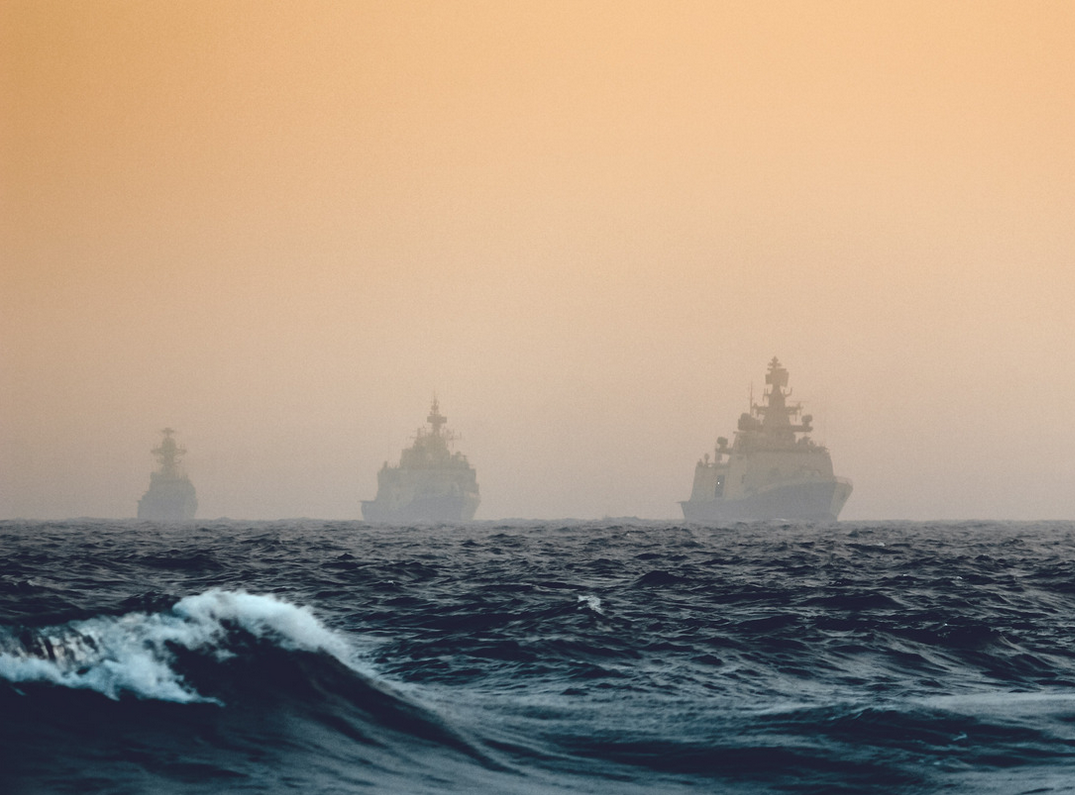The ports of Algeciras in Spain and Tanger Med in Morocco, situated on opposite sides of the Gibraltar Strait, are experiencing significant strain due to recent disruptions in global shipping routes.
This congestion stems from a reconfiguration of maritime trade networks following increased risks in the Gulf of Aden and the Red Sea.
Strategic Shifts in Maritime Routes
At the end of 2023, shipping lines began rerouting vessels away from the waters off Yemen to avoid attacks by Iran-backed Houthi militias. Consequently, container ship arrivals in the Gulf of Aden plummeted by 90%, according to Clarkson PLC data. Vessels from Asia bound for Europe now navigate around the Cape of Good Hope, adding 9 to 14 days to voyage times and increasing pressure on ports like Algeciras and Tanger Med, which have become crucial transshipment hubs.
Operational Challenges
Both Algeciras and Tanger Med are operating at or near maximum capacity, with cranes constantly loading and unloading containers. Alonso Luque, CEO of Total Terminal International Algeciras SA, highlighted the port's limited capacity, having to turn away more cargo than it could handle. Similarly, executives at TC3PC in Tanger Med report high congestion and delays due to the sudden increase in transshipment demands.
Wider Maritime Industry Impact
The disruptions extend beyond the Mediterranean. In the Americas, a drought has forced the Panama Canal Authority to limit daily transits and vessel drafts, exacerbating delays and increasing shipping costs. In Europe, ports handling vehicle imports are congested due to a surge in car exports from China. Pirate attacks off Somalia and potential Iranian threats in the Strait of Hormuz further complicate the situation.
Economic and Logistical Ramifications
Jan Rindbo of Dampskibsselskabet Norden A/S termed the simultaneous challenges as unprecedented black swan events. Hapag-Lloyd AG's Rolf Habben Jansen anticipates prolonged disruptions, with container lines like Maersk A/S warning of widespread port congestion across their Asia-Europe network.
Daniel Richards of Maritime Strategies International Ltd. cautions that the current disruptions, while not as severe as those during the COVID-19 pandemic, could worsen as the industry approaches the pre-Christmas peak season. The need for transshipment at the western Mediterranean ports, bypassing the eastern Mediterranean, is increasing dwell times and operational inefficiencies.
Adaptation and Mitigation Efforts
Shipping lines are exploring alternatives, such as routing cargo through Valencia, Barcelona, and northern European ports. Porto Sines PSA in Portugal and DP World PLC are adapting their network designs and leveraging facilities like Jebel Ali in Dubai as safer options.
Spot rates for container shipping have surged, with prices between Asia and the U.S. east coast more than doubling. Although shipping lines have chartered unused container ships to mitigate the increased journey times, the industry remains vulnerable to geopolitical tensions and logistical bottlenecks.
Future Outlook
Richards notes that lessons learned from the pandemic have prompted customers to hold larger inventories to buffer against supply chain disruptions. However, the ongoing congestion at Algeciras and Tanger Med highlights the persistent challenges. Luque and Carlos Lazo from TC3PC acknowledge the unsustainable intensity of current operations, underscoring the need for strategic adjustments.
Kuehne + Nagel's Michael Aldwell warns that the peak shipping season could exacerbate issues if Red Sea disruptions persist and European consumer demand revives. The presence of anchored ships outside ports signals systemic strain, with potential economic impacts extending well beyond increased freight rates.





